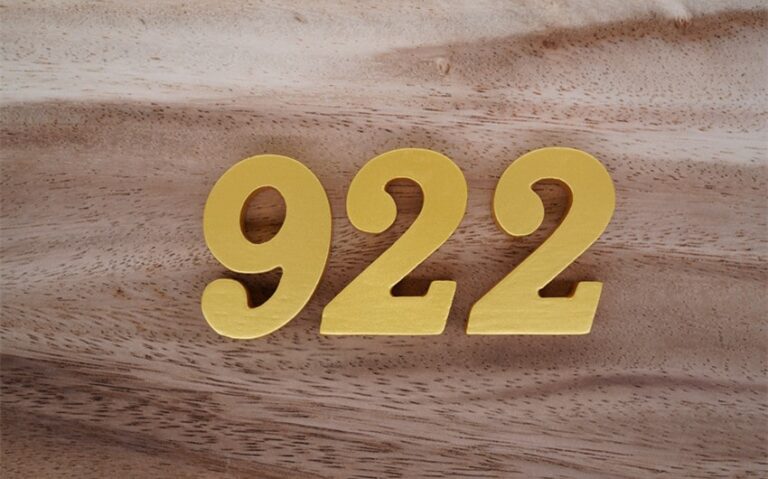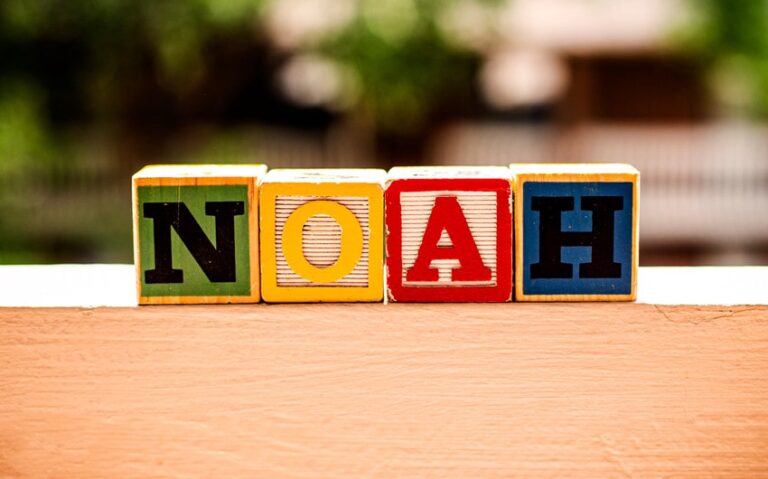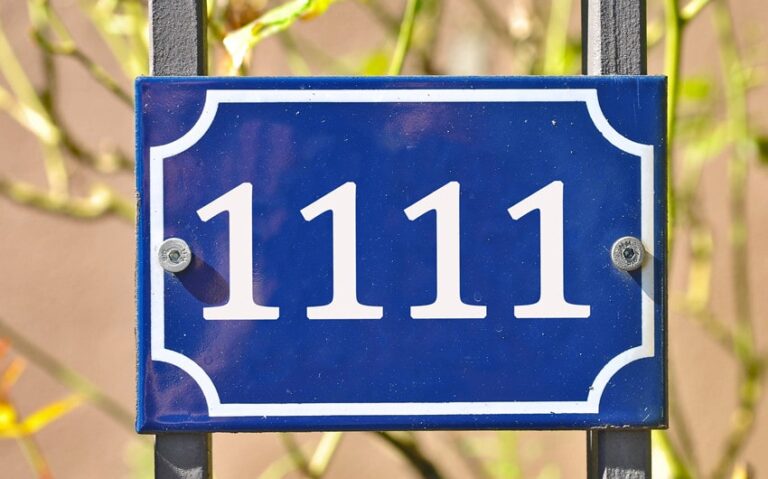Legolas Name Meaning Explained With Its Origins And Symbolism
If you’ve ever been captivated by The Lord of the Rings, you’ve probably admired Legolas for his agility, sharp archery skills, and deep connection to nature. But have you ever wondered what his name actually means? Names in Tolkien’s world are rarely random—they often hold deeper meanings tied to language, culture, and symbolism.
Legolas’s name is no exception. With its roots in the Elvish language, it reflects his character and role in the story in a meaningful way. Understanding Legolas name meaning adds another layer of appreciation for the detail and thought behind Tolkien’s legendary world.
Who Is Legolas?
Legolas is one of the most beloved characters from The Lord of the Rings series by J.R.R. Tolkien. As an elf of the Woodland Realm, he is introduced in The Fellowship of the Ring as a representative of his people, joining the quest to destroy the One Ring.
Legolas stands out for his exceptional archery skills, keen eyesight, and almost supernatural agility. He moves with an effortless grace, whether battling hordes of orcs or leaping over obstacles with ease. His deep respect for nature, trees, and all living creatures aligns with his Elvish heritage, making him a symbol of harmony between people and the natural world.
Though initially reserved, Legolas develops a strong bond with his fellow companions, particularly Gimli the dwarf. Their friendship is one of the most touching aspects of the series, breaking the long-standing enmity between their races. By the end of the trilogy, Legolas’s journey is not just about battling Sauron’s forces but also about growth, understanding, and forging connections beyond his own kind.
But Legolas’s significance goes beyond his role in the story. His name itself carries weight, drawing from the rich linguistic traditions Tolkien meticulously crafted for his world.

Image source: Pinterest
Origin of the Name Legolas
Tolkien was not just a storyteller—he was also a philologist, a scholar of languages. He created the Elvish languages of Middle-earth with great depth and precision, basing them partly on real-world languages such as Finnish and Welsh. Names in his works often have linguistic roots that reflect character traits, cultural backgrounds, or symbolic meanings.
Legolas’s name originates from Sindarin, one of the two major Elvish languages in Middle-earth, alongside Quenya. Sindarin was commonly spoken by elves in Middle-earth, particularly among the Grey Elves, and it evolved from the earlier Elvish tongue.
While Tolkien never explicitly broke down Legolas’s name in great detail, linguistic analysis of Sindarin suggests that it is a compound word combining two elements:
- “Leg” – Meaning “green” or “leaf”
- “Las” – Meaning “leaf” or “collection of leaves”
This combination leads to the widely accepted translation of “Greenleaf,” a fitting name for an elf who embodies the essence of nature, agility, and vitality.
Interestingly, Legolas’s full name is Legolas Thranduilion, which means “Legolas, son of Thranduil.” His father, Thranduil, is the King of the Woodland Realm of Mirkwood. Unlike some other Elves in Middle-earth who carry grand, powerful names, Legolas’s name is simple and closely tied to nature, which aligns with his character and origins.
Legolas Name Meaning in Sindarin
Breaking down the components of Legolas’s name further reveals the nuances of Sindarin linguistics and how Tolkien crafted names with careful attention to detail.
The Meaning of “Leg”
The word “Leg” in Sindarin is believed to derive from the root laeg, which can mean “green” or “virid.” However, in older Elvish usage, laeg also carried a connotation of being fresh, lively, or youthful. This suits Legolas, who, despite his unknown but likely vast age, exhibits a lightness of spirit and agility that makes him appear youthful compared to many other elves.
The Meaning of “Las”
The second part of the name, “Las”, means “leaf.” However, in Sindarin, it can also refer to a cluster of leaves or foliage, rather than a single leaf. This slight difference in meaning suggests a broader connection to forests and nature, reinforcing the idea that Legolas is deeply tied to the woodland realm and its living things.
How the Name Reflects Legolas’s Identity
Unlike grand, imposing names given to some characters in The Lord of the Rings, Legolas’s name is humble yet meaningful. It does not convey power or dominance but rather a deep bond with nature and life itself. This aligns perfectly with his role as a woodland elf who respects all living beings and fights to protect Middle-earth’s natural beauty.
His name also symbolizes renewal and resilience. Just as leaves renew themselves with the changing seasons, Legolas remains steadfast in his duty and continues to grow emotionally and intellectually as he embarks on his journey with the Fellowship.

Image source: Pinterest
Symbolism and Importance of the Name
Legolas’s name is not just a label—it carries deeper symbolic meaning in Tolkien’s world. It reflects his personality, role in the story, and the themes of nature and harmony that Tolkien cherished.
1. Connection to Nature and the Woodland Realm
As a prince of the Woodland Realm in Mirkwood, Legolas’s name is an extension of his homeland. The word “Greenleaf” evokes images of thriving forests, renewal, and the perpetual cycle of life. This is especially significant given that Mirkwood, once a beautiful elven forest, has been darkened and tainted by Sauron’s lingering presence.
Legolas, as a character, represents the purity of the forest before its corruption. His name is a reminder of what Mirkwood once was and what it could be again. He embodies the resilience of nature, standing strong despite the growing shadows around him.
2. Symbol of Youth and Agility
Throughout The Lord of the Rings, Legolas is depicted as graceful, quick, and nearly untouchable in battle. Whether he’s effortlessly walking on snow while others struggle, shooting arrows with unmatched speed, or leaping onto a moving horse, he appears almost weightless—much like a leaf caught in the wind.
His name reflects these traits. The image of a green leaf is one of lightness and movement, reinforcing his physical abilities and the ease with which he moves through Middle-earth.
3. Representation of Hope and Renewal
Leaves symbolize life, growth, and change. In a story filled with darkness, destruction, and war, Legolas represents a glimmer of hope. He carries the spirit of renewal, much like the changing seasons bring new life.
This is also reflected in his relationship with Gimli. Their friendship, despite the historic tension between elves and dwarves, is a sign of progress and unity. It represents a new beginning—just as trees grow new leaves, so too can old wounds heal and lead to new alliances.
4. Contrast with Other Names in Tolkien’s World
Compared to other names in The Lord of the Rings, Legolas’s name is strikingly simple. Characters such as Aragorn, Gandalf, and even Frodo have names with weighty historical and linguistic depth. Legolas, by contrast, has a name that is straightforward yet deeply meaningful.
This reflects his character—he does not seek power or rule, nor does he have a complex personal struggle like some of his companions. Instead, he is steady, dependable, and attuned to the world around him, much like the natural elements he represents.
Featured image source: Pinterest







